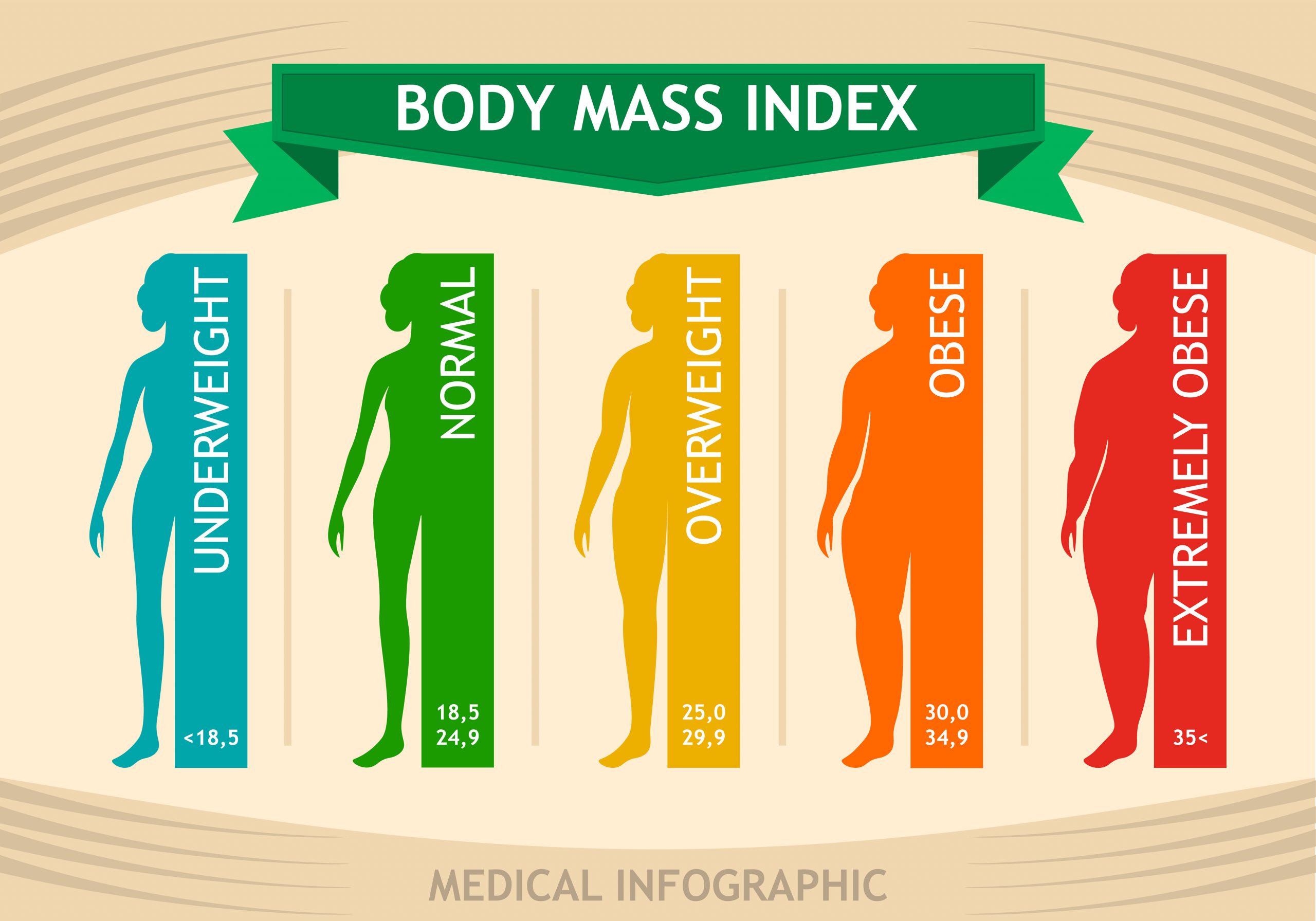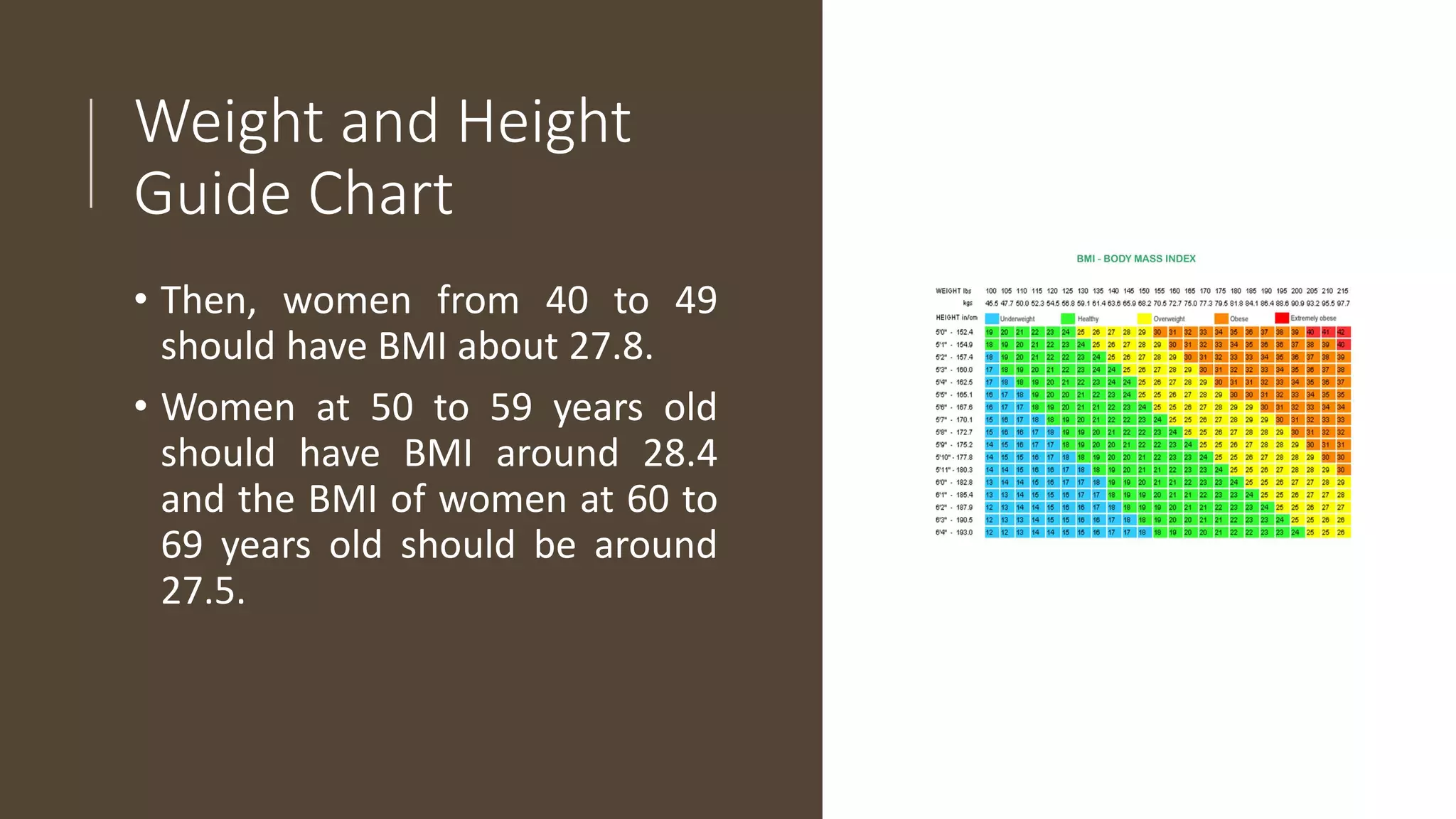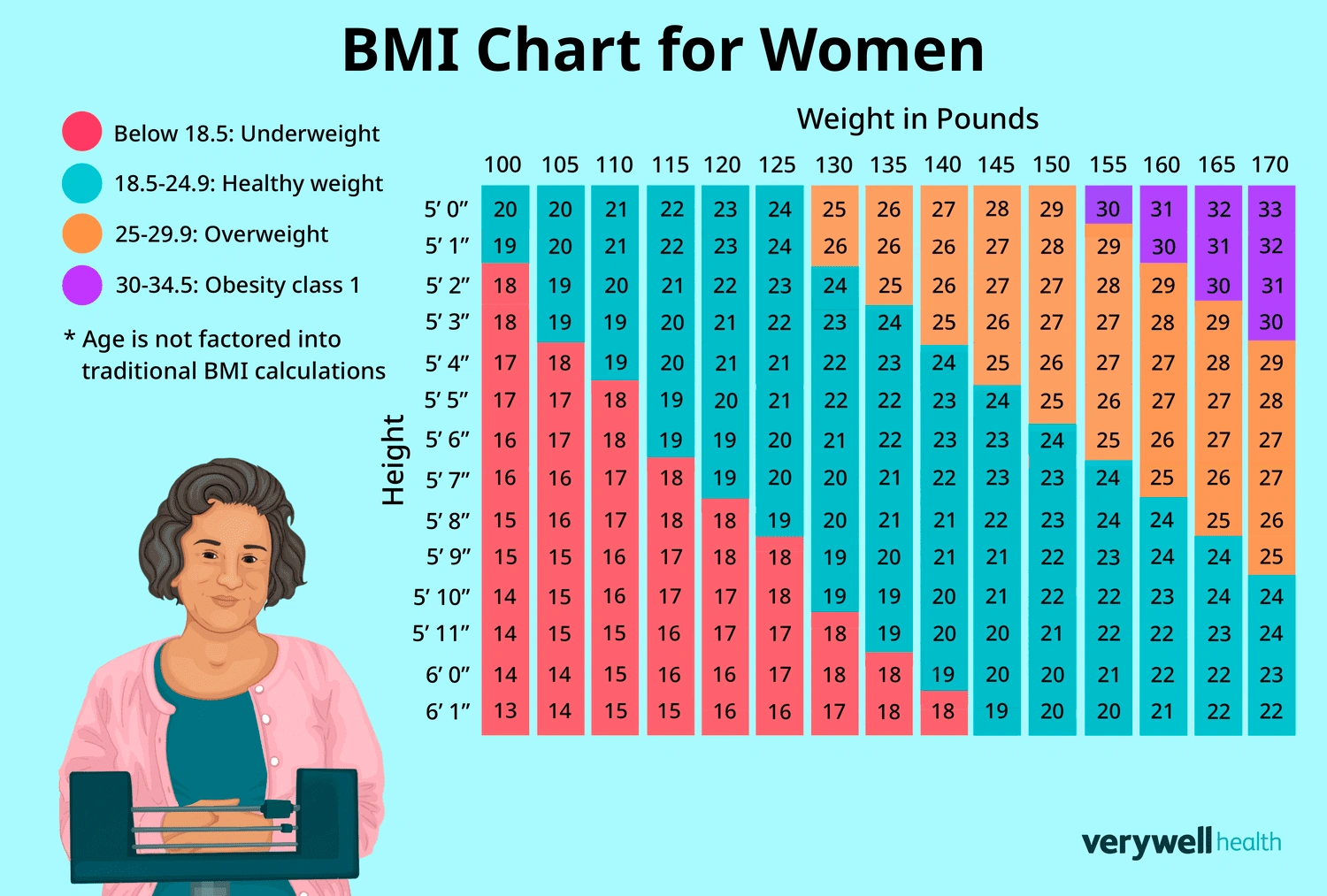Let’s Get Real
Okay… hands up if you’ve ever stood in front of the mirror, squinting sideways, thinking: “Is this normal? Should I worry?” You’re not alone. I’ll never forget the night my best friend called me from her car, all choked up because she’d just left her doctor’s office. “They said I should look at a BMI chart—but what does that even mean? Am I supposed to be scared?”
Girl… same. Most of us have peeked at a bmi chart for women and thought, “This again?” But maybe, just maybe, you’ve wondered: could this number tell me something real about my health—or is it just a bunch of old math?

BMI: The “Secret Decoder Ring”?
BMI stands for Body Mass Index. I know, sounds fancy (and maybe a bit cold), but it’s really just a formula: your weight divided by your height squared (in meters). That’s it. Put your stats in, get a number out, and—bam—it zips you into a “category” like underweight, healthy, overweight, or obese. Think of it as a decoder ring for your body’s basic stats.
But… does it really “decode” where you land in the health universe? Kinda. Kinda not. Let’s break it down together—like real friends do, not nutrition robots.
So, Why Should Women Care?
Here’s where things get interesting. For us, BMI isn’t just about “ideal weight.” It’s one piece in the big messy puzzle of hormones, periods, pear/apple body shapes, babies, menopause… you get the picture. BMI can give major clues when it comes to stuff like diabetes risk and heart health. Still, it’s not the whole story. Maybe it’s like GPS—you want the map, but you also need to know if there’s roadwork or a hidden coffee shop along the way.
Ever met someone who looks totally strong, but scores “overweight” on BMI? Happens all the time. (My sister is a runner and scores “high”—she’s all muscle.) But for lots of us, BMI is a quick way to see broadly where we stand, health-wise. It just can’t see everything—like how much of you is muscle, or what’s going on in your super-busy brain.
A Real Life Example (I swear this one is true)
Sarah (my neighbor, queen of zucchini bread) was convinced she needed a “diet.” Her doctor showed her the bmi chart for women. Sarah, at 5’3″ and 137 lbs, checked the chart… and realized she was smack in the “normal” zone. Not only did it lift a huge weight off her mind; it gave her confidence to focus on what mattered—moving more, worrying less, and baking for friends with zero guilt.
BMI, Broken Down… Simply
If your brain short-circuits when you see math, hang tight—I got you. Here’s how BMI works, step-by-step:
| Step | What To Do |
|---|---|
| 1 | Measure your height in meters (or use Google for conversion) |
| 2 | Weigh yourself in kilograms |
| 3 | Use the formula: weight (kg) ÷ [height (m)]² |
| 4 | Check your number on the bmi chart for women |
Too tired for math? Use a BMI calculator kg with age. Pop in your numbers, let it do the work. Zero shame in making life easier.
Your Number—Now What?
Breathe. Your BMI number is not your destiny. It’s a jumping-off point. Think of it like checking the weather. (Rainy doesn’t mean you’ll drown—just maybe grab an umbrella.)
Here’s how the standard BMI ranges break down for women, according to research on Medical News Today and guidelines from the CDC and NHLBI:
| BMI Number | Category |
|---|---|
| Below 18.5 | Underweight |
| 18.5 – 24.9 | Normal/Healthy |
| 25 – 29.9 | Overweight |
| 30 or higher | Obese |
Side note: You might be thinking… “But my cousin is thin and her BMI is 26!” Trust me, you’re not alone. BMI is a decent map, but it’s not Google Street View. It’ll show you the main roads, not the potholes or pretty side streets. For a closer look, check out the full bmi chart for women.
Age—It’s a Thing!
Psst… did anyone warn you that BMI doesn’t always age gracefully? As we hit 40, 50, and beyond (I know, I know), our muscle/fat balance shifts, even if our habits stay the same. That’s why checking your numbers with a BMI calculator kg with age is so helpful. These calculators can give you a more realistic picture if your body isn’t exactly “textbook” anymore. (Whose is?)
I like to think of it this way: your BMI chart is like a recipe card passed down from grandma. The basics are there, but sometimes you just have to add extra spice for your own taste.

Quick Comparison (so you can see the difference)
| Description | Classic BMI | BMI Calculator kg with Age |
|---|---|---|
| Considers Age? | Nope | Yup, more tailored |
| Considers Muscle vs. Fat? | Sadly, no | Not directly, but closer with age |
| Easy to Use? | Quick math, or chart lookup | Super easy online (try here) |
Both are useful, but the second feels a little more “you.”
BMI’s Blind Spots (And Why That’s Okay)
This is the part everyone whispers about… “Does BMI work for everyone?” No. It totally doesn’t. And the experts agree. BMI doesn’t see differences in muscle vs. fat (hello, athletes), or factor in bones, hydration, ethnicity, or the curve of your hips. It’s vague about people who are super short or really tall. That’s why most docs say: Use the bmi chart for women as a rough guide, not a sentence.
If you’re Asian, Black, or from another non-white background, the numbers that doctors use as “healthy” may be a little different—sometimes lower. Not fair or fun, but true. And bodies can change fast with pregnancy, menopause, or illnesses… so don’t be shocked if your number bounces a little during these life changes.
Here’s my honest advice: If your BMI feels off, but you feel good (sleeping well, energy up, moving your body)? Maybe you’re doing just fine. If something feels “off” inside, use the number as a nudge to check in more deeply. Trust your instincts.
Multi-Tool Mindset: BMI and More
If BMI is your GPS, you’ll still want a map and a weather app. (That’s just how grownup life works!) So aside from the BMI number, it can help to look at:
- Waist-to-height ratio (waist size divided by height—works well for heart risk)
- Body fat percentage (not always easy to get, but useful if you can)
- How you actually feel most days—tired, energized, hungry, happy?
My friend Kayla’s nurse put it best: “If someone loves gardening, needs a nap, and fits in her favorite jeans? That’s data, too.” Use it all.
Quick Table: What Helps Besides BMI?
| Method | Why Use It? | Who’s It For? |
|---|---|---|
| BMI Chart | Quick check, big trends, doctor visits | Most adults, 18-65 |
| Waist/Height Ratio | Spotting heart risk & belly fat | Anyone over 18 |
| Body Fat Percentage | Tells what’s muscle vs. fat | Athletes, fitness fans, regular folks |
See? Taking a blended approach makes so much more sense.
FAQs… But the Fun Kind
Sorry, I promised no Q&A blocks! But if you’re thinking, “What do I do if my BMI is ‘high’ or ‘low’?” Here’s my quick tip: don’t panic, don’t hit ‘detox mode,’ don’t hide in oversized sweats. Check in with a trusted provider if you’re worried, but also look at trends—has your BMI changed a lot recently? Do you feel different in your body, mind, or mood?
Use the tools at your fingertips, like the BMI calculator kg with age, to monitor changes slowly over time. Not week-to-week. Think seasons, not weekends! The real wins are subtle… like going up stairs without getting breathless, or sleeping better at night.
Spoiler: You Are So Much More
This is your loving, messy-in-a-good-way reminder: You’re not a number. Your worth isn’t measured in kilograms, meters, or fancy body indexes. Use the bmi chart for women (and the BMI calculator kg with age) as a spark—just the start of a real convo about your health.
If you’re looking for “permission” to stop stressing over a single chart? Permission granted. Your body’s a living, adaptable thing; it’ll keep changing long after you close this browser window.
What’s one gentle thing you could do for yourself this week? Maybe walk your dog a bit farther, eat a snack you truly love, or just tell yourself “I’m doing okay.” Next time curves and calculators pop up, remember—there’s only one chart that counts: the one that helps you feel your best, day after day. Cheering for you, always. You’ve got this!


















Leave a Reply
You must be logged in to post a comment.